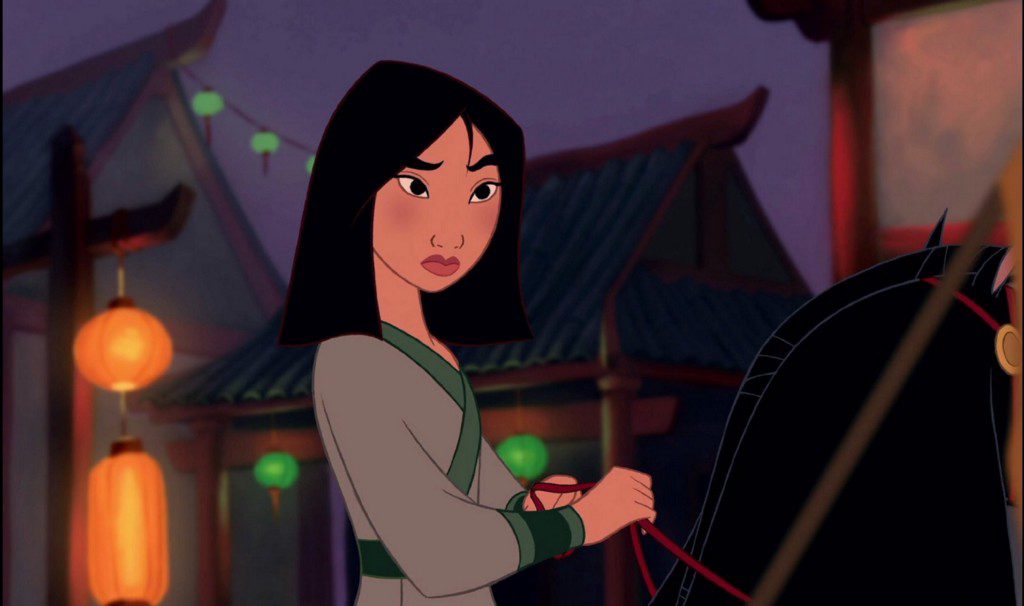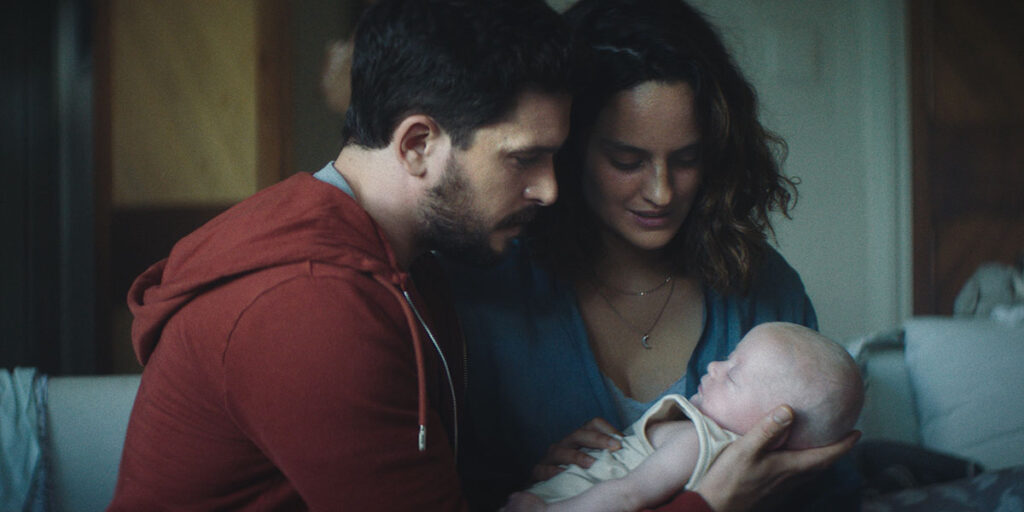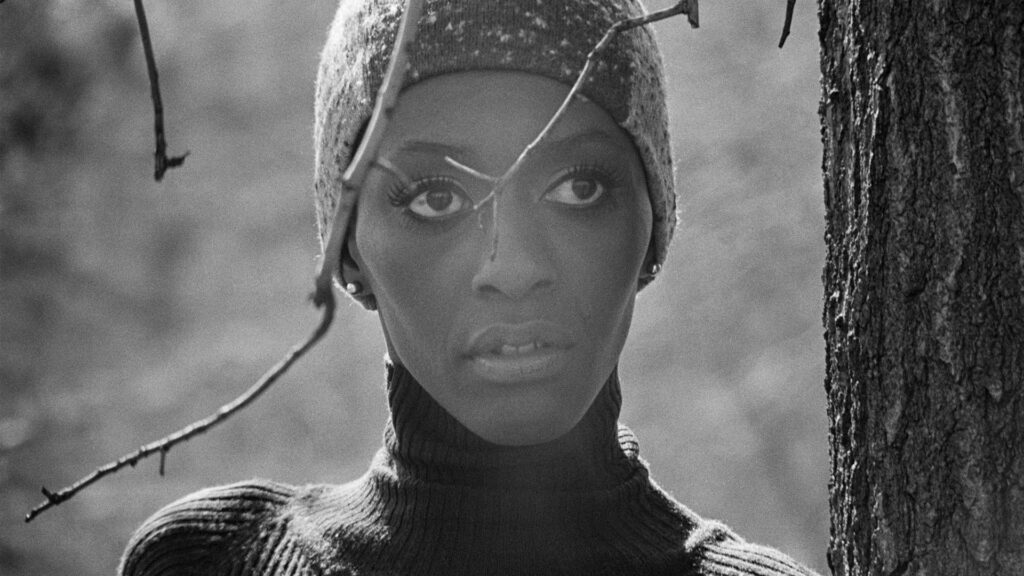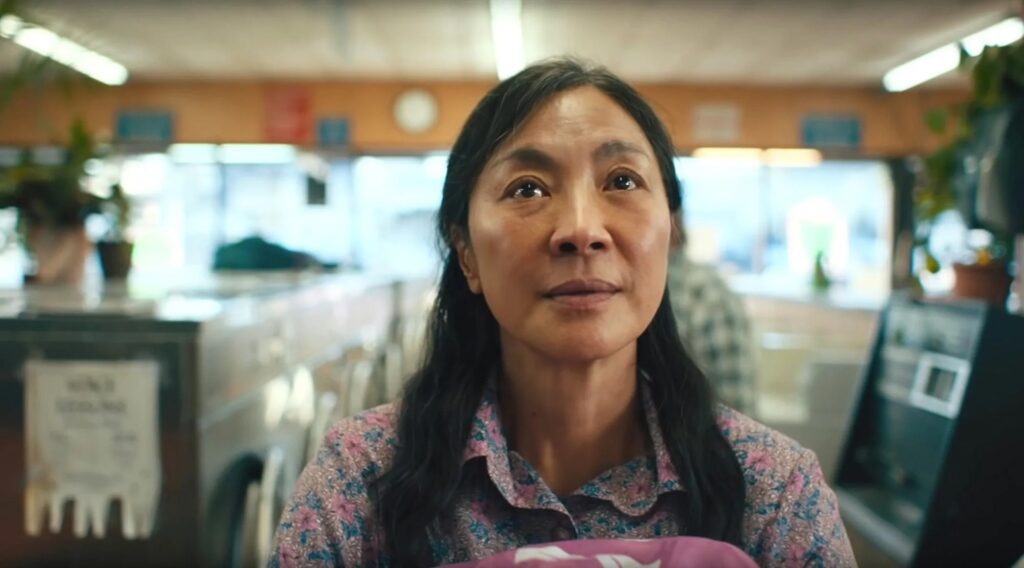There’s a lot to discuss now that the Republican National Convention is in the rear view. We could talk neo-fascism, plagiarism, party mutiny, or the terrifying new levels of racism. Personally, I’m especially disgusted by the VP pick, Mike Pence, and the remarks he made about “Mulan” when he was just a radio pundit and proto-troll.
In an op-ed published on his station’s website, Pence shared his thoughts on Disney’s interpretation of the Chinese legend. He argued that the movie is liberal propaganda that tricks people into believing women should be allowed in the armed forces. Because, see, ladies in the military is a bad thing. You can read Pence’s musings in their entirety on BuzzFeed.
Disregarding Pence’s archaic views on gender roles and his vile she-was-asking-for-it/boys-will-be-boys objections against women serving, his read of “Mulan” reduces the film to generic You GO Girl! agitprop. But it was, and is, so much more than that.
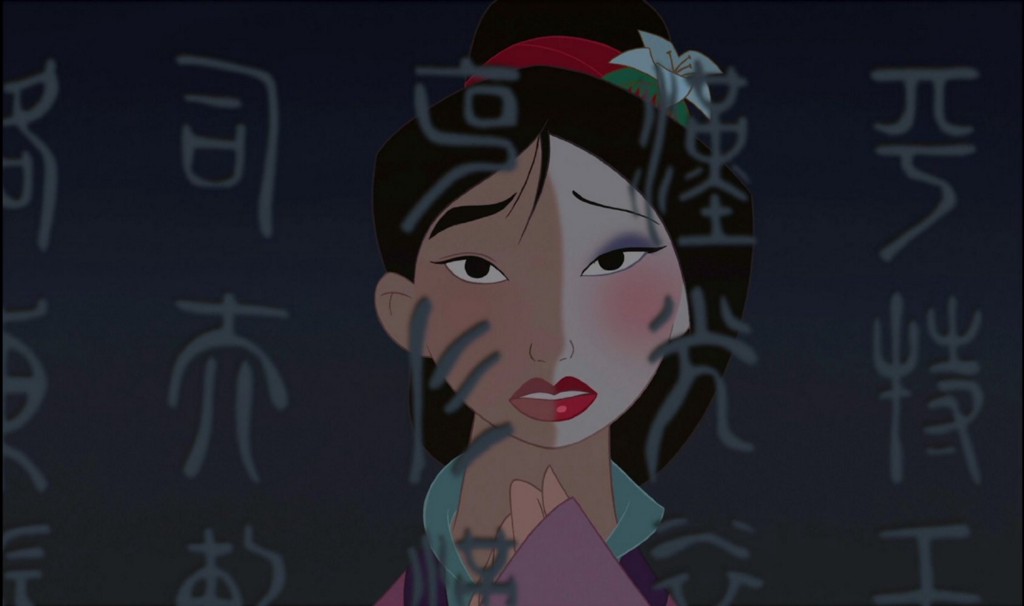
“Mulan” Pushes Back Against the Patriarchy
One of the movie’s most iconic images is of Mulan — half of her face bare, half of it made up — staring at her reflection. Another version appears on its posters: half of Mulan’s face is made up, half is her appearance as a man. The movie’s acknowledgment of gender fluidity and the possibility of a cisgender, heterosexual woman having a feminine and a masculine side is captured in one storyboard. “Mulan” premiered more than 18 years ago, but that moment is as prescient as ever.
Additionally, despite being a “delicate” female, Mulan becomes an ideal soldier. Even better? So do her new friends Yao, Ling, and Chien-Po. They might be cis men, but they struggle just as much as Mulan at the beginning of training. So, you could say that stereotypical “masculine” traits are learned.
Mulan also literally questions the patriarchy. The main plot begins when her middle-aged, previously wounded father is drafted and, to no avail, Mulan sensibly argues that he should be exempt. She decides to protect her father, pose as man, and join the army in his place. Mulan disagrees with the status quo and actually does something about it. It’s quite gallant.
Mulan Outshines Every Other Disney Princess
Mulan isn’t a princess, but she is still included in the Disney princess canon. Which really isn’t fair, because she is way out of their league:
- Ariel sacrifices her voice (symbolic!) so she can chase a guy she’s met once.
- Belle is locked up, threatened, starved out, and kept from her father. Her beloved is a beast both in name and practice.
- Cinderella is a cipher and, not counting the prince, the least interesting character in her story.
- Jasmine of “Aladdin” is visually sexualized; her navel and cleavage are always in full view and she’s even in bondage at one point.
- Snow White and “Sleeping Beauty’s” Aurora are literally incapacitated during most of their respective movies’ climaxes. And, more troubling, neither woman is freaked out when she wakes up to a strange man’s lips on hers.
Each of these women literally or figuratively gives something up before locking down the dude and finding happily ever after. Mulan, however, displays agency and actually gains something before embarking on romance. She stands up for her father, excels as a solider, earns the respect of her peers, and saves her country. And she does it because she wants to, not because she thinks it will make Shang notice her.
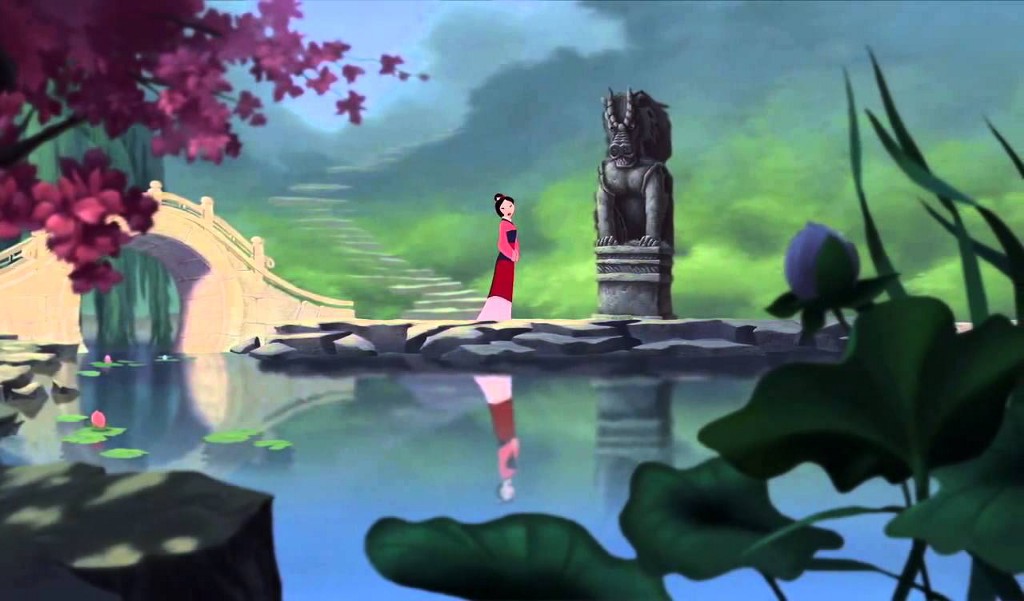
Mulan Learns to Love Herself
This is Disney, so “Mulan” features an obligatory love story. But it’s much less nauseating than the norm, probably because the real romance is the one Mulan has with herself.
“Mulan” begins with our heroine preparing to meet the matchmaker. We know as soon as Mulan is writing reminders to herself on her arm that this is torture for her. Marriage isn’t a priority, she is uncomfortable in traditionally feminine garb, and she feels guilty that her “unladylike” behavior reflects poorly on her family. She wonders “who is that girl I see?” as she considers her reflection, but I believe that Mulan is always aware of her identity. She’s just having a difficult time reconciling it with her culture’s expectations.
When we finally see Mulan be unabashedly herself — not posing as a man; not dressed to the nines; using her accessories, MacGyver-esque skills, and military training to save all of China — she is capable and confident. She has accepted herself: she is not a girly-girl or a tomboy, she is just Mulan. It’s the movie’s most romantic moment.
So listen up, Pence. Producing more movies like “Mulan,” not fewer, is the right idea.
